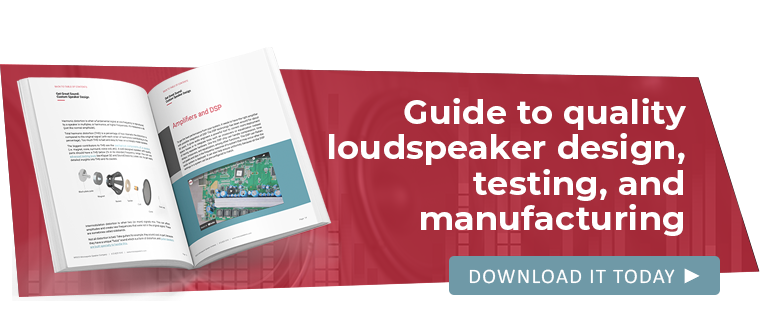Meeting the Demands of the Kiosk and Drive-Thru Industry
Ever been frustrated with a drive-thru speaker that sounds like it's speaking in code when you're just trying to order your favorite meal? Now, imagine being the restaurant owner dealing with that constant headache! And here's the kicker–having to replace those speakers just because they got wet and no longer work. Talk about turning a minor annoyance into a major hassle.
These frustrating scenarios are nothing new. Luckily, speaker manufacturers who have been addressing these issues for decades, like MISCO, have the knowledge needed to design speakers specific to their environment.
“Since the beginning of drive-thru restaurants, MISCO has been building speakers for menu boards, gas pumps, outdoor kiosks, and a whole variety of voice communications,” says Dan Digre, President and CEO of MISCO. He adds that the key to developing these products has always been ensuring they have high voice intelligibility and are robust enough to withstand the environmental conditions where they’re being used.
“MISCO has extensive in-house environmental testing capabilities,” says Dan. “Our environmental test chamber can measure temperatures as low as -80℃ (-112℉) all the way up to plus 80℃ (176℉) and including extremes in humidity up to 100%.”
MISCO also performs ingress protection (IP) testing to verify that speakers will keep things like water, dust, and dirt out to the level that a customer needs. Outdoor speaker systems must commonly have an IP67 rating—which indicates that it is “waterproof” and protected against dust and objects larger than 1mm in diameter.
To accomplish this, a speaker may include a polypropylene cone, a treated cloth surround, and a plastic gasket. The frame can be powder coated for environmental and corrosion protection. One option that incorporates all these design elements is MISCO’s 4” speaker part #88112.
A speaker’s enclosure is also critical for protecting it against the elements. A go-to option is a roto-molded polyethylene enclosure. MISCO also offers 3D printed speaker boxes if a customer needs the perfect fit and is limited in terms of space by the existing menu board design.
Another consideration for kiosk and drive-thru speakers is how they’re powered. One simple solution is to integrate an amplifier into the enclosure. A system like this could be fed power via a USB connection and fed an audio signal via a standard 3.5mm audio jack. One example MISCO offers like this is a 4” speaker in a sealed waterproof box that can act as a full audio system.
Do You Want Frequency Response With That?
To clearly understand if you’ve been asked “Do you want fries with that?” requires a speaker with high sensitivity and performs well over the frequency response of the human voice—typically somewhere between 200Hz and 7kHz.
Along with frequency response (the range over which a speaker performs best), it’s worth knowing the resonant frequency of a speaker. This is the specific frequency at which the speaker naturally vibrates most easily, providing the greatest volume for a given input signal. Most voice speakers will generally have a resonant frequency somewhere between 200Hz and 700Hz.
MISCO uses precise in-house testing equipment to verify a design fits within the ideal range for voice communications. Then each speaker that comes off the assembly line goes through a full quality control analysis to ensure it meets the initial design requirements.
If you have any questions about speaker systems for drive-thrus or kiosks, reach out to our team and we’d be happy to talk with you.

